[Uni Tübingen] - [Mat.-Nat. Fakultät] - [Fachbereich Chemie] - [Anorg. Chemie] - [Klaus Eichele] - [NMR Ramblings] - [Processing] - Convolution
 |
NMR Processing: |
Semantics: Although this section is headed convolution, the actual process is a multiplication of the time domain signal, the FID, with an appropriate filter function. One can achieve the same result in the frequency domain, then it is a real convolution, but, as you may have guessed, the process is more convoluted ;-)
Purpose: The objective of a multiplication of the FID with a filter function might be any or all of the following points:
- improvement of the signal-to-noise ratio
- improvement of resolution
- change in lineshape (e.g., from Lorentzian to Gaussian for 2D spectra)
- removal of experimental artefacts (e.g. apodisation)
Exercises: in order to illustrate the effect of the filter functions, I am providing two example data sets for download; they will be
used with each of the filter functions:
 |
a synthetic FID without decay to demonstrate the shape of the applied filter function; the untreated FID/spectrum is fid/100. | |
 |
an artificially generated synthetic FID to demonstrate the effect of the applied filter function; the spectrum consists of two signals with an integration ratio of 50:50: a 10 Hz broad singlet at 4 ppm and a multiplet (tdd, 7 Hz, 1 Hz, 0.25 Hz) at 6 ppm, broadened by 1 Hz. In addition, 1 % of noise has been added. The untreated FID/spectrum is synth/101. (Without noise, it is actually possible to recover the small 0.25 Hz splitting!) |
Filter functions: In TopSpin, the following filter functions have been implemented. Those functions with the "redish" background are those that I have used most often. Click on any of the pictures to obtain more information on this function.
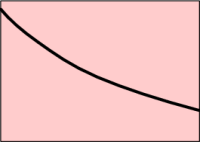 |
Exponential decay: EM |
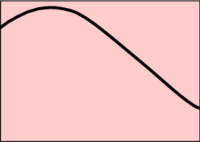 |
Gauss bell: GM |
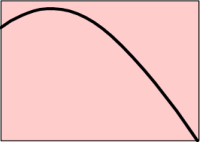 |
Shifted sine bell: SINE, QSINE |
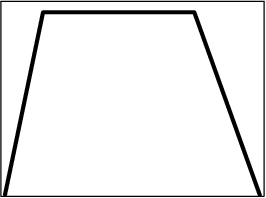 |
Trapezoidal: TRAP |
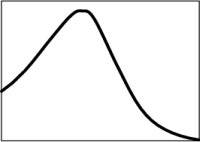 |
Traficante: TRAF, TRAFS |
 |
Sinc: SINC, QSINC |
[ Anorg. Chemie ] | [ Go Home ] | webm@ster | last modified: 18.03.2020

